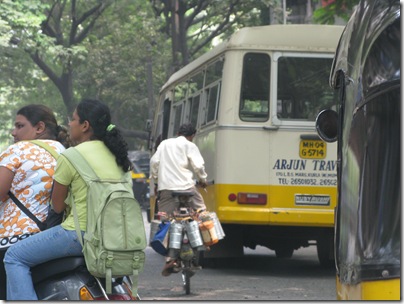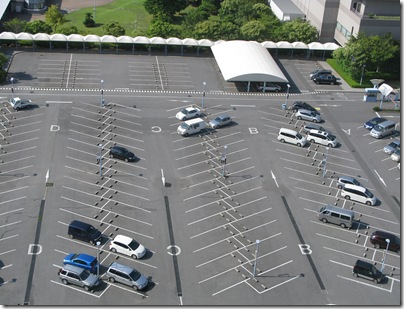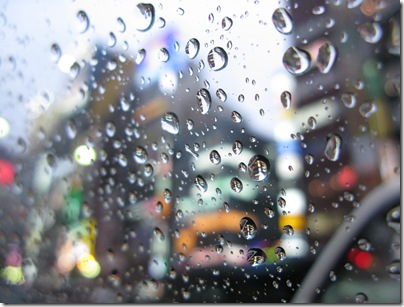A year after blogging about the usefulness of honks in India, the quietest of motor vehicles may soon come with an added safety feature. (I’m in no way inferring causality here. These are just two blobs on my event calendar.) This piece of news fascinates me in that it reflects our dependency on the sounds around us—we have grown reliant on the purring of a car motor as a gauge of its distance to us.
I remember that as a kid, one of my daily games was to guess who was coming through the front door by listening to the way the keys jingled and the manner in which the door was opened. My dad, a hurried person by nature, would usually open the gate with great fanfare. Against our stainless steel gate, his bunch of keys made loud clanking noises. My mother, on the contrary, was careful to control her key-turning movements. Much like the slamming of a door, the footsteps along a corridor, the chopping in the kitchen, the rhythm of each movement has its unique owner. Analog sounds as these, to use the term loosely, express a warmth and a context. They embed information within themselves, and they can evolve in complexity.
For the man crossing the street, does it matter if the sound of the on-coming vehicle is a digital or analog, so long as he successfully avoids it? If the digitally-enhanced vroom mimicked the purring of a motor vehicle, it would be reasonable to assume that the familiarity of the sound would allow the pedestrian to associate it with motor vehicles. But at what point will digital sounds convey the contextual information that analogue sounds transmit? Given the changing soundscape of our environment—when was the last time you heard a phone ring, and not sing a song—how does this change the way we understand and interact with our daily objects?




